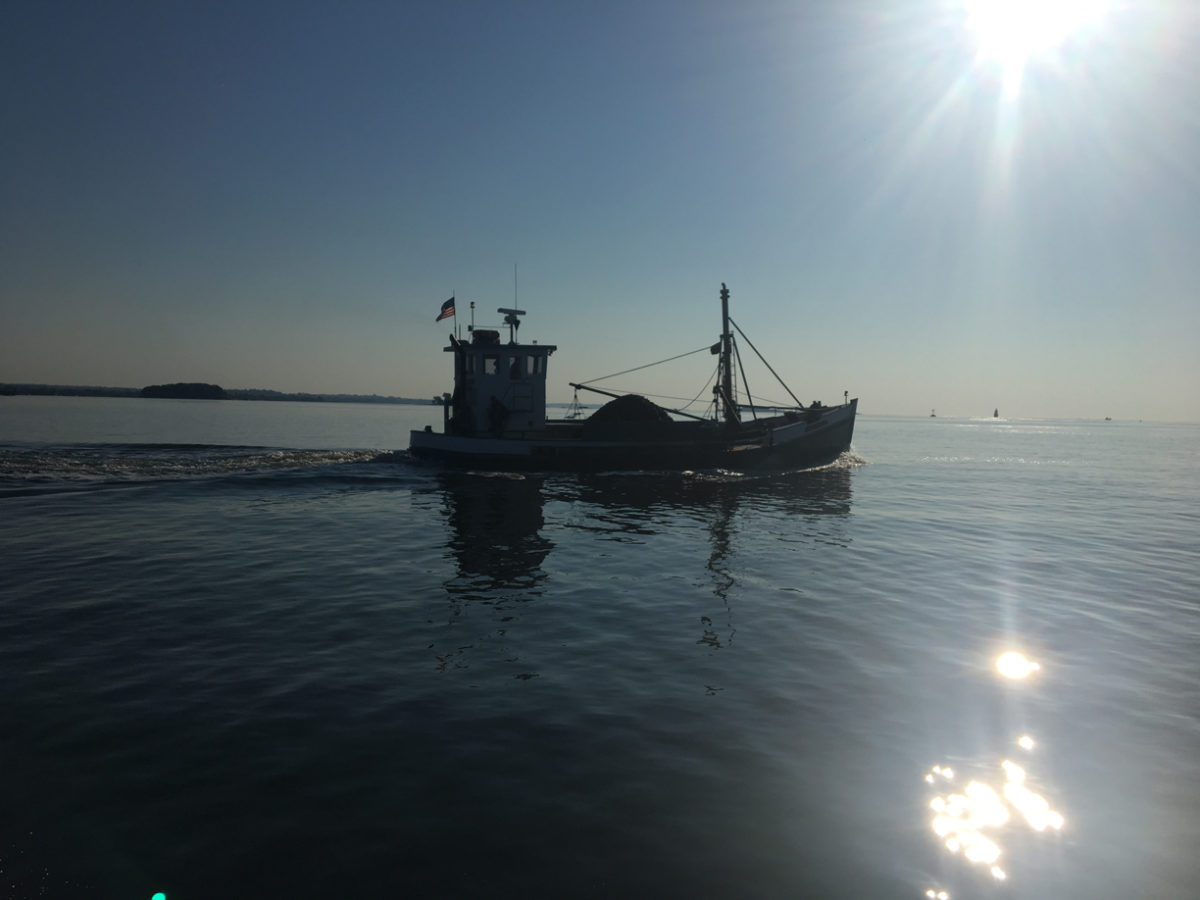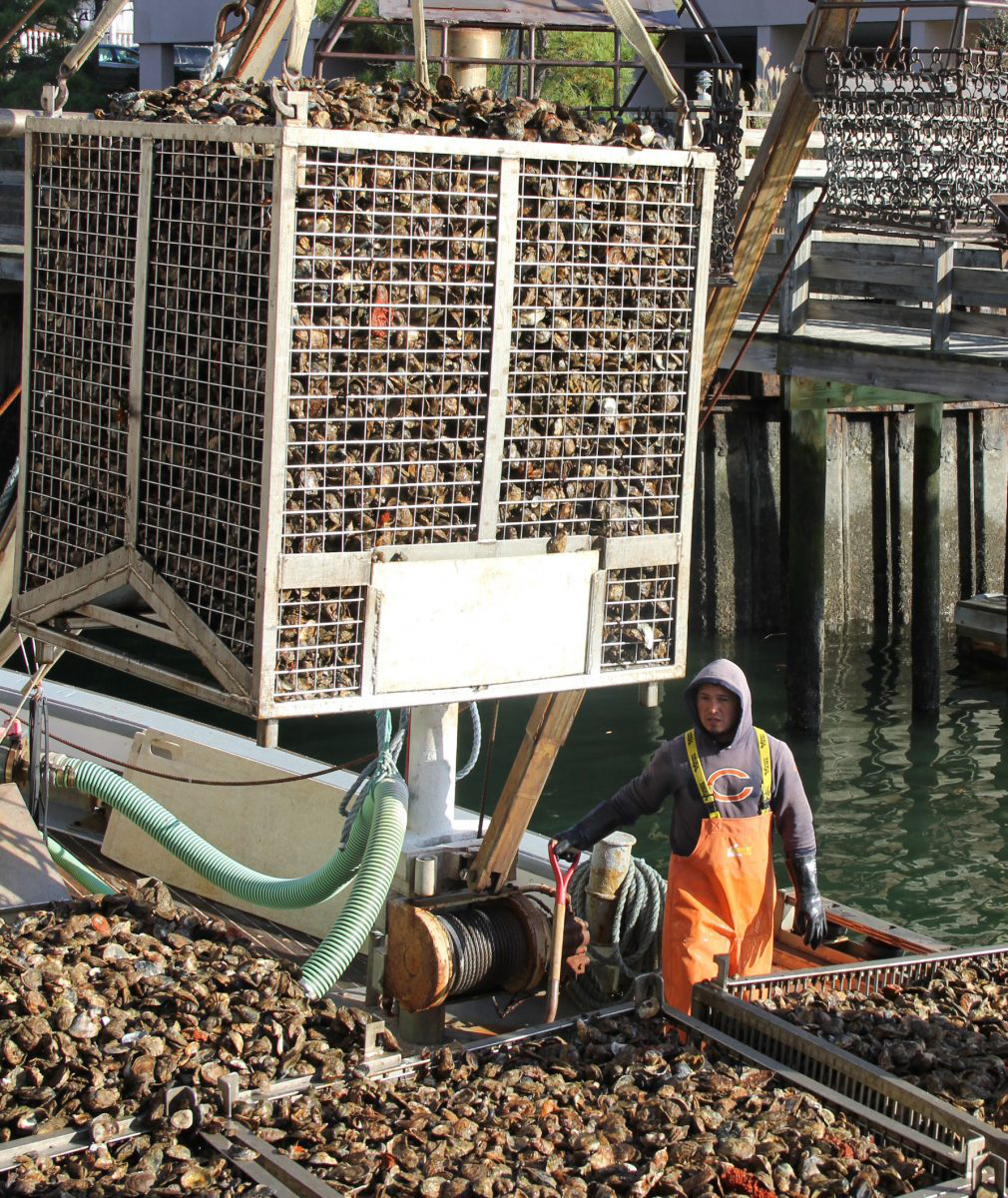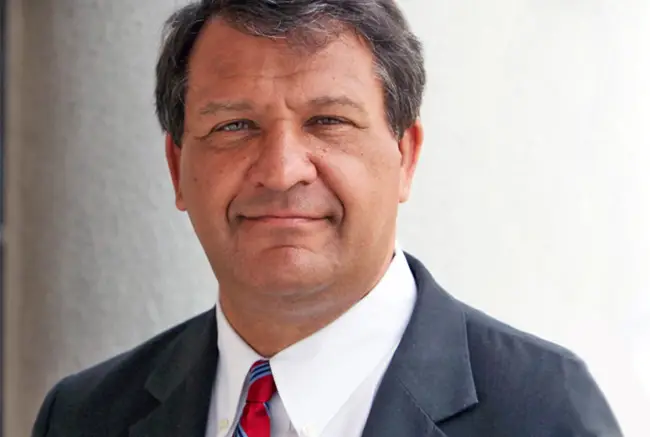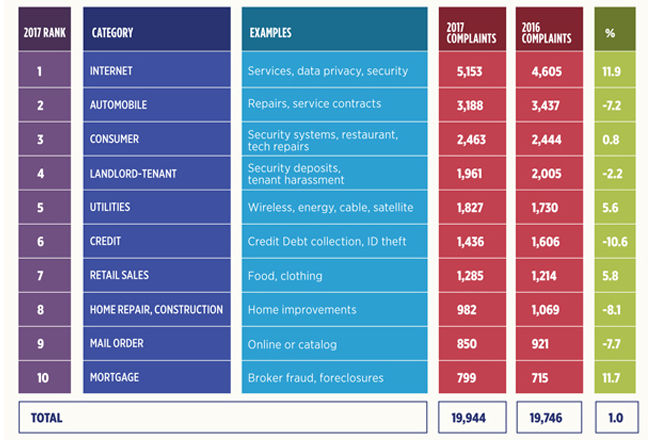
Connecticut”™s shellfish business has been experiencing a solid turnaround over the past few years ”” and a March 8 Food & Drug Administration announcement is raising hopes even higher.
“It would be a great opportunity for us to diversify into new markets,” said Jeff Northrop, founder of Hummock Island, a venture-backed oyster farm startup in Westport. “It could drive up the value of the company and of the brand overall.”
“It” is the FDA”™s announcement that it was beginning the process of restoring shellfish trade between the U.S. and the European Union (E.U.). To do this, the FDA would make a determination that E.U. shellfish is as safe as U.S. shellfish. The E.U., in turn, would make an administrative decision that U.S. shellfish is the equivalent theirs. The FDA is soliciting public comment on the decision through May 23; if finalized, it would permit the export of shellfish harvested from approved growing areas in Massachusetts and Washington state initially, although other states ”” including Connecticut ”” could be added over time.
“I”™ve been on a mission to help expand Connecticut”™s shellfish industry,” said U.S. Sen. Chris Murphy. “Opening up trade between the U.S. shellfish industry and the E.U. is a big deal, but this can only be the start. I”™ll be fighting to make sure that Connecticut fishermen can compete and sell our shellfish.”

In August 2016, Murphy led a letter with U.S. Senator Richard Blumenthal (D-Conn.) and U.S. Representative John Larson (CT-1), Joe Courtney (CT-2), and Elizabeth Esty (CT-5, including Bethel, Brookfield, Danbury, New Fairfield, Newtown and Sherman) advocating for the removal of years-old barriers to shellfish trade and restoration of U.S. shellfish producers”™ access to European markets.
Statewide, Connecticut”™s aquaculture industry supports more than 700 jobs and has an annual economic impact of $47.5 million. Direct sales increased by almost 100 percent from 2007 to 2015, according to a University of Connecticut report. And according to Connecticut”™s Bureau of Aquaculture, more than 70,000 acres of shellfish farms are now under cultivation in the state”™s coastal waters.
“With this surge in production,” the lawmakers wrote, “it is increasingly critical to the long-term stability of domestic producers to expand to new markets and there is clear opportunity for expansion into European markets.”
The U.S. and the E.U. have not traded live shellfish for a number of years. The FDA has not permitted the importing of live, fresh or fresh-frozen molluscan shellfish from the E.U. since the 1980s; the E.U. in turn ceased importing such product from the U.S. in 2010, citing concerns that U.S. food-safety regulations were not equivalent to its own.
Now, according to FDA Commissioner Scott Gottlieb, reopening trade between the two will make “a wider selection of healthy and safe shellfish options available to consumers” and “will also ensure American consumers that imported molluscan shellfish from Europe is as safe as what we produce in the U.S.”

The FDA maintains that fish products account for more than $5 billion in total value of U.S. exports, with about one-third of that amount being sales of shellfish. With a 6 percent share of global trade, the U.S. represents the sixth-largest supplier of fish and seafood products to the world market.
“Connecticut and New England used to be significant exporters to the E.U.,” said Tessa Getchis, an aquaculture extension specialist with the Connecticut Sea Grant and UConn Extension Program in Groton. “If we can gain that access again, the markets are so large that the prices could be very high.”
She emphasized that hopes are also high that, if passed, the agreement will quickly expand beyond Massachusetts and Washington. “I think they”™re testing the waters (with those states) to make sure everything is done in a way that”™s acceptable to the E.U. and the U.S.,” Getchis said.
Northrop, who established Hummock Island in late 2013, agreed that the allure of, say, a Whale Rock oyster from the Mystic River to discerning European palates “is exactly the type of boutique product that they like, want and are willing to pay a premium for.”
Hummock already provides oysters to such area upscale eateries as Westport”™s The Whelk and Pearl Restaurant & Bar. “We did some business with Canada about a year ago, but we”™re not exporting right now,” Northrop said. “But if we can get into various high-end European hotels, that would be incredible.”
“It would be a huge, great opportunity,” said Bren Smith, founder of the Thimble Island Oyster Co. on Long Island Sound. “Europeans eat a lot of seafood in general, and shellfish in particular. Connecticut has done an incredible job developing a market and a brand name in oysters and shellfish.”
“My concern is that we could end up being cannon fodder in a trade war,” he added, referring to the recent, controversial federal decision to levy a 25 percent tariff on imported steel and a 10 percent tariff on imported aluminum. “Then we”™re looking at a situation where, just as this opportunity opens up, our business gets dragged into that kind of conflict.”






















